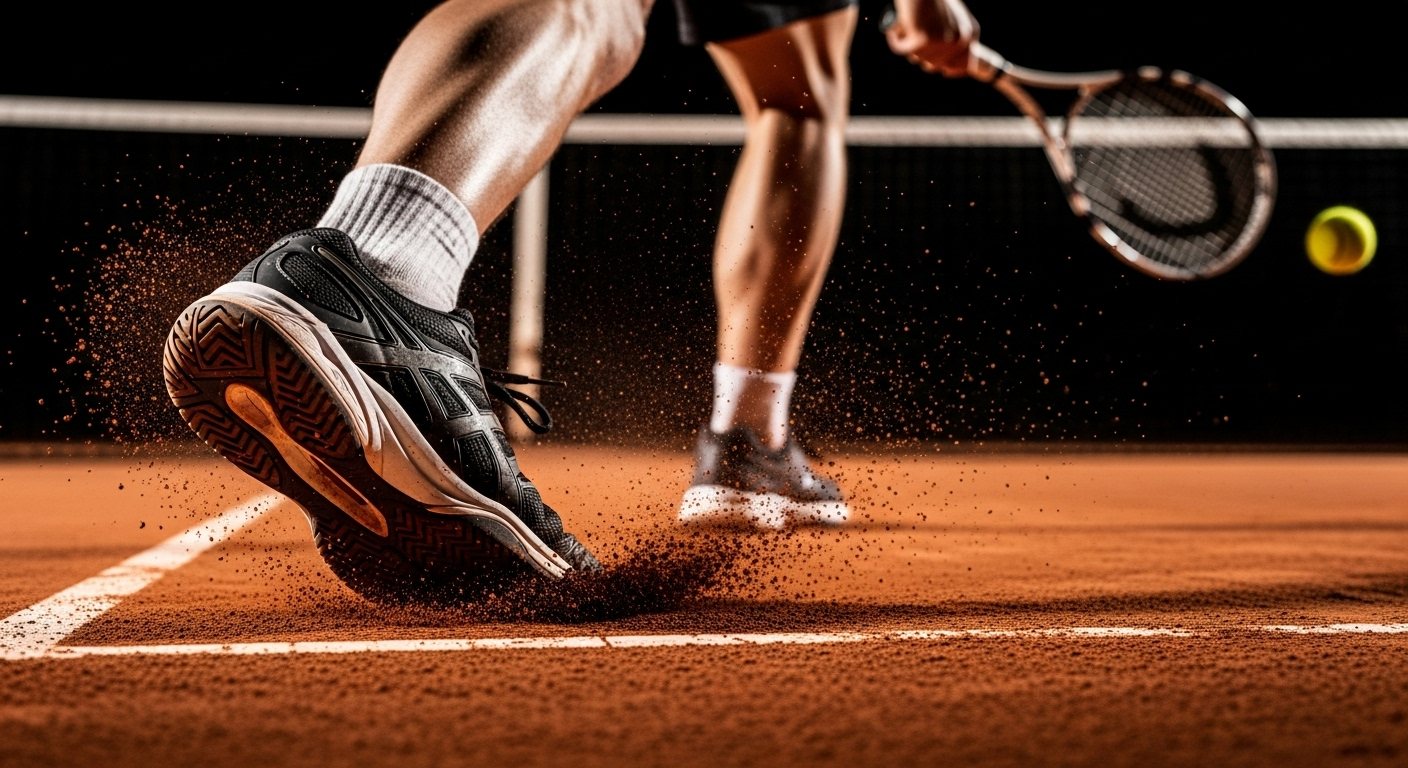Thriving on the Court: The Intricacies of Tennis Footwork
The sport of tennis is a fascinating dance of power, precision, and agility. Its appeal hinges not just on the thunderous serves and powerful returns, but a critical, often overlooked aspect - footwork. This article delves into the intricacies of tennis footwork, its evolution, significance, and how it continues to shape the game today.

The Historical Context: Origin of Tennis Footwork
Tennis footwork, like the sport itself, has a rich and varied history. In the early days of tennis, players relied on raw power and precision. As the game evolved, the importance of footwork became apparent. From the grass courts of Wimbledon to the clay courts of Roland Garros, the ability to move swiftly and efficiently became a defining trait of successful players.
Current Trends: The Footwork Revolution
Today, footwork is no longer an afterthought, but a critical part of training routines. With advancements in sports science, athletes have access to detailed biomechanical analysis of their movements. This has led to the development of training methods that focus on optimizing footwork for enhanced court coverage, balance, and shot-making ability.
Benefits, Challenges, and Real-World Applications
Improved footwork benefits tennis players in several ways. It enhances balance, increases reaction time, and allows for better shot selection. However, mastering footwork is no easy task. It requires dedication, agility, and a deep understanding of the game’s dynamics.
Players like Roger Federer and Rafael Nadal are known for their exceptional footwork. Federer’s effortless movement and Nadal’s aggressive court coverage are both rooted in their superior footwork skills.
The Science Behind the Steps
Scientific research underpins the importance of footwork in tennis. Studies suggest that quick, agile footwork allows players to position themselves effectively for each shot, reducing the risk of injury and enhancing performance. Proper footwork also contributes to better balance and stability, crucial for powerful, accurate shots.
The Art of Tennis Footwork: Accessibility and Depth
While footwork may seem a complex aspect of tennis, it is an art that can be learned and mastered. From amateur players to professionals, consistent and focused training can lead to significant improvements. The key lies in understanding that tennis is not just a game of power and precision, but also a dance that requires agility and rhythm.
In conclusion, the importance of footwork in tennis cannot be overstated. It is a crucial aspect that influences performance, style, and ultimately, success in the game. As the sport continues to evolve, the emphasis on footwork only promises to grow, shaping the future of tennis in the process.





